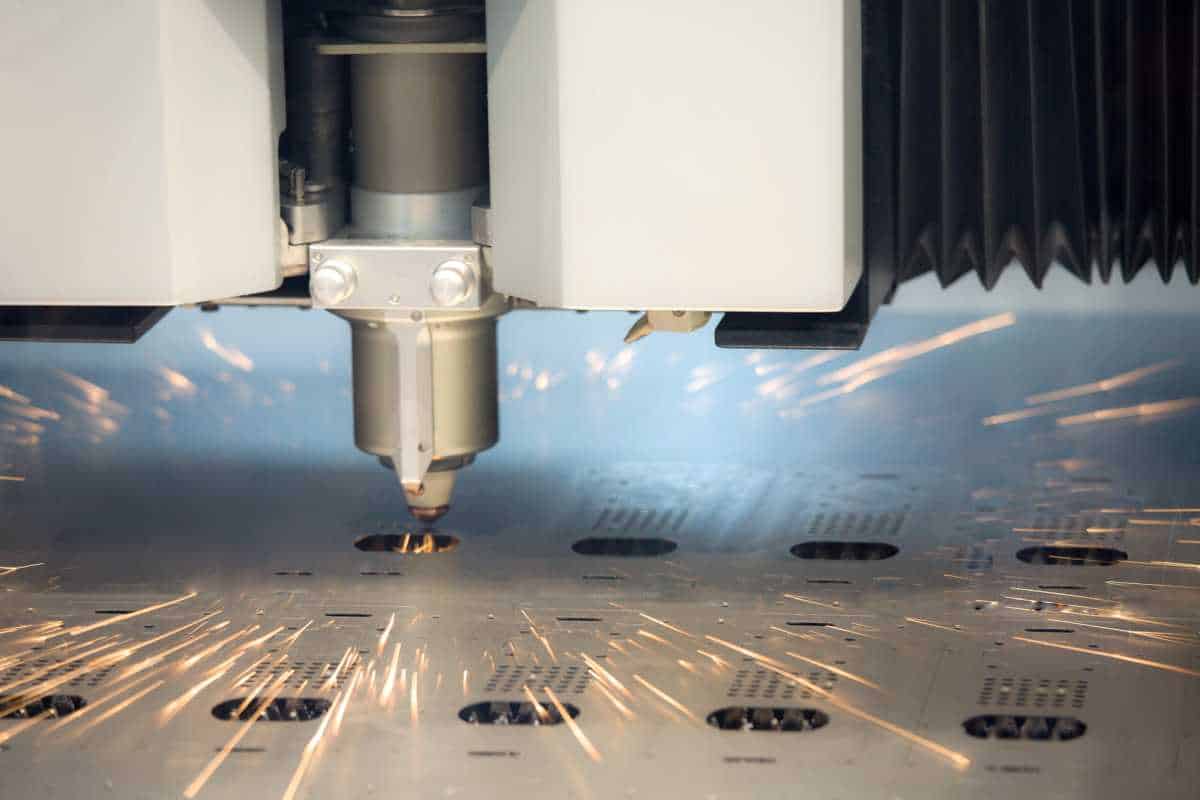Table of Contents
How Computer Design Effects Melbourne Sheet Metal Fabrication in 2024
In 1957, Patrick J. Hanratty, a computer scientist and “father of computer-aided design (CAD) and manufacturing (CAM)”, developed PRONTO, which was the first commercial numerical-control programming system.
In 1960, Ivan Sutherland, a computer scientist and “father of computer graphics”, created SKETCHPAD, which demonstrated the basic principles and feasibility of computer technical drawing, at the Massachusetts Institute of Technology Lincoln Laboratory in Cambridge, Massachusetts.
Since then, the computerized design has come a long way. Advanced SCADA systems using programmable logic controllers (known as PLCs) with intricate ladder logic control the operation of these machines. This allows for precision and scalability on an industrial level.
PRONTO, SKETCHPAD, And Synthavision
The first CAD systems, like PRONTO and SKETCHPAD, served as technical replacements of drawing boards. While continuing to use two-dimensional ideas, designers created technical drawings that consisted of 2D wireframe primitives like a line, arc, B-spline, and so on.
The productivity of design increased, but the original computer software cost companies money in lost time. While modifications and revisions were easier, manual design engineers had to learn how to use computers and the design and manufacturing software.
Eventually, computer-aided design software became more affordable and easier to use, growing in functionality, and user-friendliness. Soon, midsize trade companies around the United States had access to this new software.
However, as construction and sheet metal projects became more complex, 2D renderings weren’t enough anymore. Design engineers began to think in three-dimensional ideas, and, in the mid-1960s, 3D wireframe features were developed — a revolution that would change the way fabrication shops work to this day.
It began in 1969 when the former Mathematical Applications Group, Inc. in Elmsford, New York, released Synthavision, the first commercially available solid modeling program. Solid modeling enhanced the 3D capabilities of computer-aided design software. This technique was most famously first used to produce computer-generated imagery for the 1982 motion picture Tron.
NURBS, T-FLEX, And Pro/ENGINEER
The next big leap forward in this technique was the non-uniform rational basis spline (NURBS), a mathematical model that’s commonly used in computer graphics to represent curves, surfaces, and other freeform shapes. NURBS first appeared in 1989 on workstations for Silicon Graphics, a former high-performance computing manufacturer in Milpitas, California.
For fab shops, it opened a world of possibility to create curved metal parts for more complicated and custom sheet metal projects.
Also in 1989, T-FLEX, a “Parasolid-based parametric CAD software application for 3D solid modeling and 2D design and drafting”, and Pro/ENGINEER, “a 3D CAD, CAM, [computer-aided engineering], and associative solid modeling app”, introduced CADs based on parametric engines.
According to Marian Bozdoc’s History of CADD and CAM, parametric modeling is when the model is defined by parameters. A change of dimension values in one place also changes other dimensions to preserve the relationship of all elements in the design.
This innovation meant that design engineers could give the computer a set of parameters and didn’t have to control when the process ended, which sped up the design and draft process.
(In 1993, CAS Berlin took NURBS a step further and developed an interactive NURBS modeler for personal computers called NöRBS. Now, people could be a part of the 3D modeling revolution from the comfort of their home.)
The Future Of CAD
Since then, 3D modeling has become the norm in sheet metal fabrication shops around the world. Unlike 2D modeling, “3D CAD models of sheet metal products consist of a wealth of information that can be leveraged across the entire product development process,” according to Metalworking World Magazine.
“As a fabricator, you are missing out big time on taking productivity to the next level” if you continue uses 2D modeling. Using CAD software for 3D modeling allows for design flexibility, better communication and collaboration among fabricators and welders, and the opportunity for automation.
Computer-aided design (CAD) and computer-aided design and drafting (CADD) “is technology for design and technical documentation, which replaces manual drafting with an automated process,” according to Autodesk, “a leader in 3D design, engineering, and entertainment software.”
Many sheet metal fabricators and welders use 2D and 3D CAD programs to draft sheet metal projects, explore design ideas, visualize concepts with photorealistic renderings, and simulate the design performance. Programming
Benefits To CAD And CADD
Sheet metal fabricators are one of the hundreds of careers that require computer-aided design. Computer-aided design software is used by architects, engineers, manufacturers, and car designers to help draft ideas before spending the time, money, and effort to building the product.
Here’s a list of benefits to CAD, according to IndiaCADWorks, a conversion, 2D drafting, and 3D modeling contractor:
- Decrease in error percentage. The percentage of human error in manual design and draft is significantly reduced with CAD software tools.
- Decrease in effort. Sheet metal part design is exhausting and daunting, requiring days of effort to find the right part. CAD software significantly reduces the amount of effort that is needed to find the perfect part.CAD software also decreases effort by removing the duplication of labor, as it reuses common strands of code to copy similar parts. These strands of code can be reused over and over again to shorten the length of a future project design. This reuse of code also makes it easier to save files and store them away in a way that you can send without any unwanted hassles.
- Decrease in time. Computer aided design software is used by fabricators because it saves time in a busy fab shop. This means fabricators and welders can make better and more efficient designs in a shorter time frame.
- Easy editing. Every sheet metal project goes through a few phases, and alterations to parts, which are necessary parts of the process. Computer-aided design software makes editing easier because the drawings are modifiable and less error-prone when using special features.
- Improved accuracy. This is likely the biggest benefit to CAD, because it offers better accuracy that manual drawings can’t compete with. The software comes with updated tools for precision, skill, and accuracy that surpass even the best by-hand drawing.
How To Choose A CAD Or CADD Software
You must think about a number of factors before you commit to a CAD or CADD program that will expedite and positively impact the design and drafting process in your fabrication shop. Start with the following considerations:
- Compatibility. Consider if the program is compatible with your existing technical equipment and computer network.
- Industry. Because you’re in the sheet metal industry, you need a computer-aided design and drafting program that works for your fabrication shop. Look for features like product and building design for commercial ductwork and other sheet metal projects.Avoid programs that are meant for architecture, engineering, construction, media and entertainment, and manufacturing. These programs will give you features that you don’t need, including modeling and animation, visual effects, rendering, factory layout, and more.
- Support. Choose a CAD program that comes with technical support. It’s important to remember that your fabricators and welders are skilled in their craft, not computer engineering. A customer service and/or support team is an important feature, so look for a computer software that offers tutorials, training materials, and an online community to help your team.


